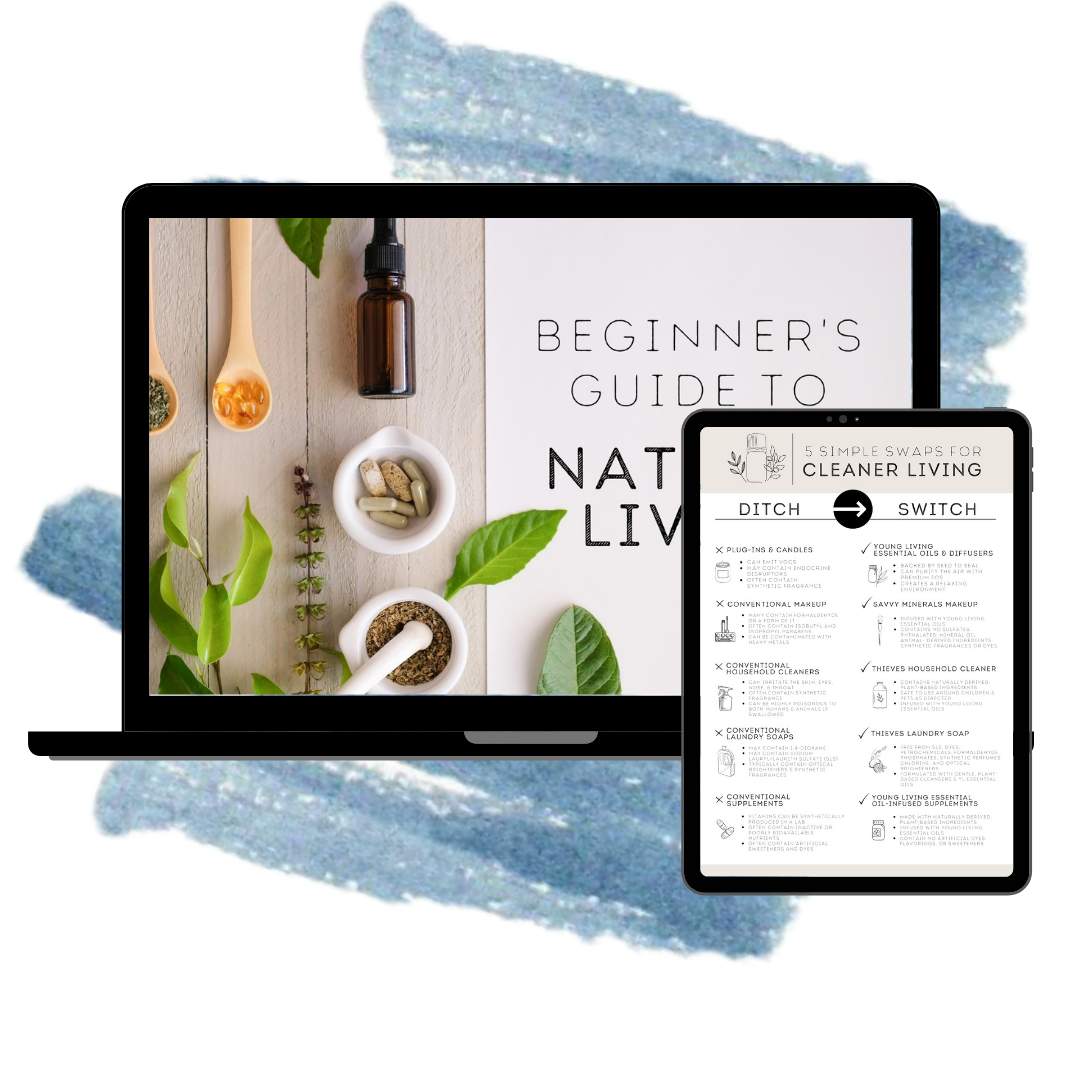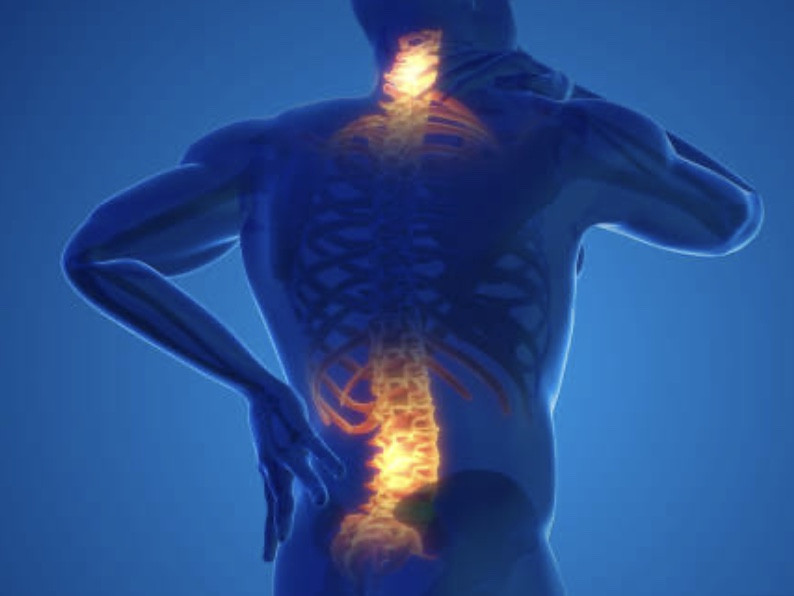
Welcome to this blog post where Young Living Brand Partners share the power of nature's gifts through exquisite essential oil blends. Get ready to embark on a fragrant journey that will ignite your senses and provide natural solutions for wellness. Young Living's pure oils are meticulously crafted and can transform your everyday life.
From a chaffing blend to nail strength and growth, lip soothing, diaper duty, wrinkle reduction, dry skin care, nursing mom support, muscle and joint relief, around the eyes blend, stress buster, the great outdoors spray, and romantic nights blend, these carefully curated recipes will captivate you with their potency and effectiveness. Each blend utilizes Young Living essential oils, ensuring top-notch quality and results. So go ahead, try them out and see the magic unfold in your life!
We're eager to hear your feedback and experiences with these blends. Enjoy the journey and the amazing benefits that Young Living essential oils offer!
Read more...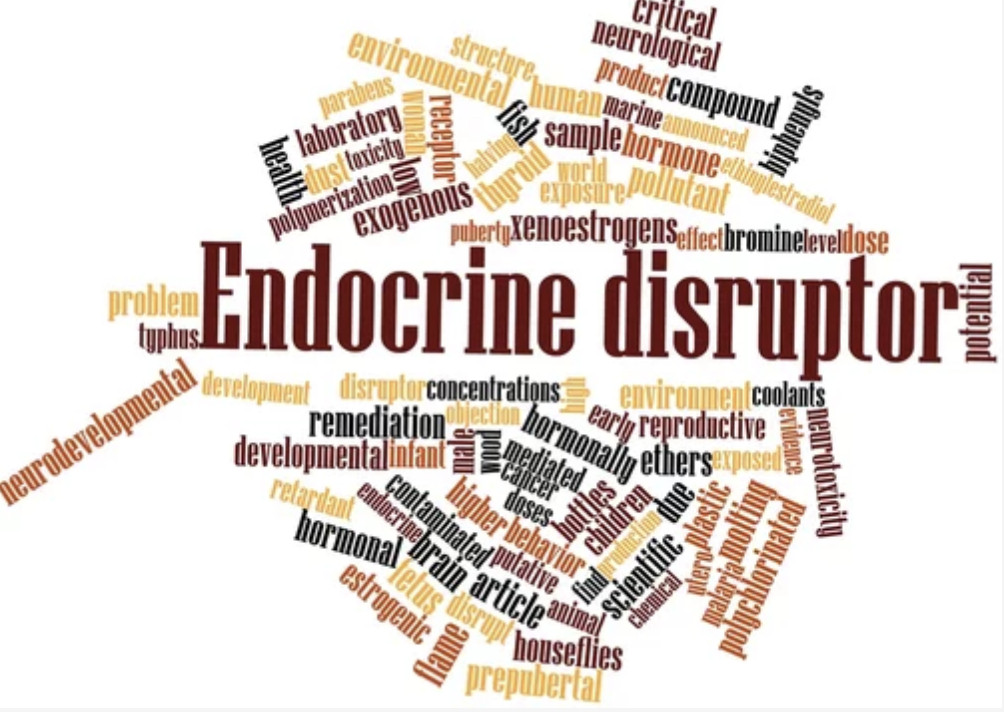
In our modern world, it's hard to escape the influence of chemicals. They are present in our food, personal care products, and even the air we breathe. While some chemicals may be harmless or even beneficial, there is a sinister group among them known as endocrine disruptors. These substances have been silently infiltrating our daily lives, posing a grave threat to our health and well-being. In this blog post, we will explore the world of endocrine disruptors, understand their dangers, and shed light on the measures we can take to protect ourselves.
To comprehend the impact of endocrine disruptors, we first need to understand the endocrine system's role in our bodies. Think of it as an intricate network of messengers, coordinating and regulating various bodily functions. Hormones, produced by different endocrine glands, play a crucial role in this system, governing processes such as growth, metabolism, reproduction, and development. Endocrine disruptors, however, can interfere with these hormonal signals, leading to a myriad of health problems
One of the most alarming aspects of endocrine disruptors is their pervasiveness. They can be found in numerous everyday items such as plastic containers, food packaging, cleaning products, and pesticides. These disruptors can enter our bodies through ingestion, inhalation, or even skin absorption. They then mimic or block the actions of natural hormones, disrupting the delicate balance within our endocrine system.
The consequences of such disruption are far-reaching and affect people of all ages, from infants to the elderly. Studies have linked exposure to endocrine disruptors with a range of health issues, including reproductive disorders, developmental abnormalities, impaired immune function, and increased risk of certain cancers. In particular, pregnant women and children are especially vulnerable, as endocrine disruptors can interfere with fetal development and cause long-lasting effects on their health.
One notorious endocrine disruptor that has received considerable attention is bisphenol A (BPA). This chemical, commonly found in plastic bottles and food containers, has been shown to mimic estrogen, a hormone essential for reproductive health. BPA exposure has been associated with infertility, hormonal imbalances, and even an increased risk of breast and prostate cancer. Although many countries have taken steps to ban or limit its use, BPA is just the tip of the iceberg regarding endocrine disruptors.
Another concerning aspect is the cumulative effect of these disruptors. Even low-level and intermittent exposures can add up over time, leading to a build-up of harmful effects in our bodies. Moreover, the true extent of the dangers posed by endocrine disruptors is still being uncovered. Researchers are constantly discovering new substances and their potential to disrupt hormonal function, raising concerns about the long-term consequences for human health.
Thankfully, there are steps we can take to minimize our exposure and protect ourselves from the dangers of endocrine disruptors. Opting for organic produce, avoiding plastic containers, and choosing personal care products free from harmful chemicals are simple yet effective measures. Additionally, supporting policies that regulate the use of endocrine disruptors and advocating for further research is essential in combating this hidden threat.
Eight Hormone - altering chemicals and how to avoid them!
1. Pesticides
Used for: Discouraging weeds and pests on non-organic crops, preventing fungus, and drying crops to speed the harvesting process.
How they can harm you: Pesticides are associated with an impact on fertility and birth outcomes, nervous system damage, cancer, and other health harms.
What can you do?:
- Buy organic when you can- it contains less pesticide residue.
- Use Young Living’s Veggie Fruit &Veggie Soak to remove the pesticide & dirt residue you’re your fruits and vegetables.
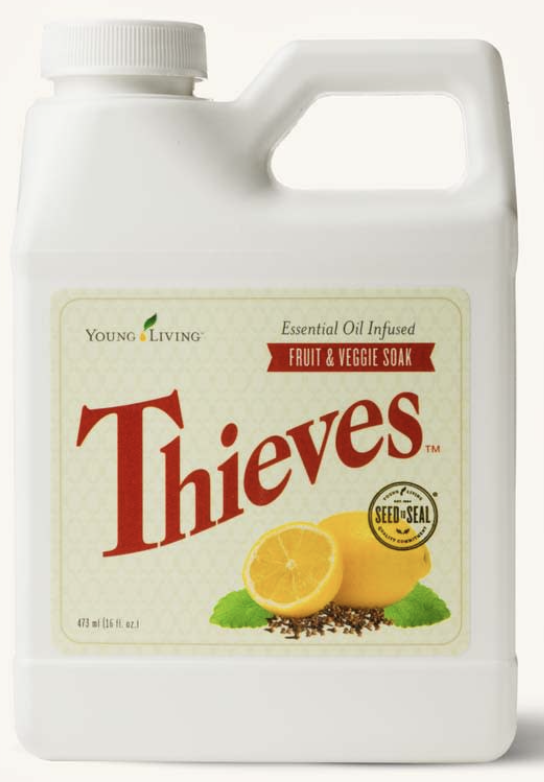
2. Phthalates
Used for: Making plastic more flexible and as a stabilizer in fragrance to extend scent.
How they can harm you: Phthalates are associated with problems of the reproductive and respiratory systems, liver and kidney, and normal human development.
What can you do?:
- Dust and vacuum frequently, with a HEPA filter, when possible, to lower the risk of exposure.
- Avoid anything made of vinyl.
- Steer clear of products containing the mystery ingredient “fragrance”. Found in a wide range of personal care products and cleaners, it’s usually a mystery brew of thousands of chemicals.
Note: Young Living does not use Phthalates in any of its personal care, cleaners, or laundry products. Use the links below to browse clean products from Young Living
Young Living personal care products link: Personal Care
Young Living Cleaning products link: Cleaning Link
3. Parabens
Used for: Artificially preserving many food and personal care products like cosmetics
How they can harm you: Parabens can disrupt hormones in the body, harming fertility and reproductive organs, affecting birth outcomes, and raising the risk of cancer.
What can you do?:
Read labels carefully to make sure you avoid ingredients whose name includes:
- Parabens
- Butyl
- Propylparaben
4. Perchlorate
Used for: Rocket propellants, munitions, fireworks, airbags in vehicles, matches, and signal flares
How they can harm you: They can disrupt the thyroid system and reduce thyroid function.
What can you do?: It’s not easy to eliminate your exposure entirely, but certain kinds of filtration will help you avoid it in your drinking water.
5. Heavy Metals
Used for: A wide variety of personal care and cosmetic products, such as lipstick, whitening toothpaste, eyeliner, and nail color. Some are added intentionally, and others are contaminants. They are also used for a variety of industrial uses and then accumulate in food and water.
How they can harm you: Heavy metals can lead to a range of serious health harms, including harm to the brain, kidneys, and the developing fetus, as well as obesity and metabolic disruption.
What can you do?: Monitor consumption of foods known to contain heavy metals, like rice and certain types of fish, plus baby and toddler foods, like apple juice and baby food.
6. PFAS (as a class)
Used for: Making products resist heat, oil, stains, grease, and water. It is also an ingredient in firefighting foam.
How they can harm you: PFAS have been shown to cause birth defects, harm to the liver, lower fertility, high cholesterol, obesity, hormone suppression, other reproductive and developmental issues, and cancer. Studies suggest they also reduce vaccine efficacy.
What can you do?: Avoid stain and water-resistant treatments on clothing, bedding, and curtains. Steer clear of nonstick utensils, cookware, and other objects in the kitchen. Look for cast iron, stainless steel, glass, and wood instead.
7. BPA
Used for: Canned foods from which they migrate into foods. Bisphenol A (BPA) can also be found in thermal paper used for receipts, sports bottles from before 2012 and baby bottles, sippy cups from before 2011, and pacifiers.
How they can harm you: BPA and its substitutes can cause learning and behavioral problems, infertility, brain, nervous system, and heart abnormalities, diabetes, obesity, changes to the DNA, cancer, and other serious disorders.
What can you do?: Eat fresh foods instead of canned ones. Steer clear of plastic wrap and canned foods. Never heat foods in a microwave using plastic containers – use glass in the microwave and stainless steel for storage. Avoid shatterproof plastic, PC7, which can contain BPA. Avoid takeout for the same reason. And say no to most receipts, which are made of BPA-containing thermal paper.
8. Oxybenzone
Used for: Ultraviolet or UV filters like many sunscreens and other products with a sunscreen protection factor (SPF) to protect against sunburn and other skin-damaging effects cause by excess sun exposure.
How they can harm you: Studies by FDA scientists show many UV filters can be absorbed in the body after a single sunscreen application, with higher levels detected in those that are reapplied. Oxybenzone can interfere with the endocrine system at the cellular level, and studies show associations between exposure during pregnancy and birth outcomes and birth weights, plus an increased risk of breast cancer and endometriosis in exposed adults. BPA and its substitutes can cause learning and behavioral problems, infertility, brain, nervous system, and heart abnormalities, diabetes, obesity, changes to the DNA, cancer, and other serious disorders.
What can you do?: Use Young Livings “Mineral Sunscreen Lotion”. Sunscreens are intended to be used every day for a lifetime, so it’s essential they be safe and effective. Only two sunscreen ingredients on the market in the U.S. currently qualify – zinc oxide and titanium dioxide. Study the ingredient labels of sunscreen and other SPF products and avoid any whose active ingredients include oxybenzone.
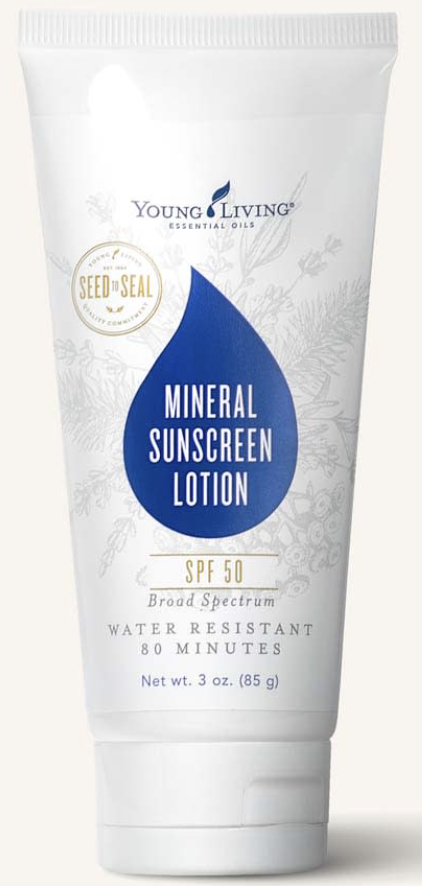
In conclusion, endocrine disruptors are pervasive chemicals that can wreak havoc on our bodies by interfering with our delicate hormonal balance. Their potential to cause a wide range of health problems is alarming, and we must prioritize awareness and action to mitigate their impact. By making informed choices and demanding greater regulation, we can safeguard our health and the well-being of future generations from the hidden dangers lurking within the realm of endocrine disruptors.
If you want to order any of the Young Living products, set up a free account and use this link when you set up your account. Sponsor & Enroller #: 15851792

Ok, I could not resist getting back to my blog articles that are intended to educate you on the dangerous world we live in and especially the dangerous chemicals our food producers use in our supposedly “clean” food supply!
The information in this blog is derived from the Environmental Working Group's (EWG) recent guide. You can too, can subscribe to the EWG communications, it’s free!
Our food should be nourishing and safe to eat……BUT
More than 10,000 chemicals are “allowed” in food sold in the U.S. Some are direct additives, such as preservatives like butylated hydroxyanisole (BHA) which are INTENTIONALLY added to processed food. Others are so-called indirect additives, like heavy metals, which contaminate the food during processing, storage, and packaging.
Almost 99% of food chemicals introduced since 2000 were greenlighted for use by food and chemical companies, rather than properly reviewed by the Food and Drug Administration (FDA). Many of these widely used chemicals are associated with major health harms, including increased risk of cancer, developmental harm, and hormone disruption.
The list below is the worst dozen offenders on the market and should be avoided at all costs!
1. Nitrates & Nitrites
Nitrates & Nitrites are preservatives used in cured meats. Nitrites can form from nitrates and have been linked to stomach, esophageal, and possibly brain and thyroid cancers.
2. Potassium Bromate
Potassium bromate is a possible human carcinogen added to flour used in packaged baked goods.
3. Propyl Paraben
Propylparaben is a preservative used in pastries and some tortillas. It causes developmental and reproductive harm.
4. BHA
Butylated hydroxyanisole, tetter known as BHA, is a preservative used in cured meats and other foods. Multiple sources have identified it as a possible carcinogen.
5. BHT
Butylated hydroxytoluene, called BHT, is a preservative found in cereals and other foods. It’s a chemical cousin to BHA and is a possible human carcinogen.
6. TBHQ
Tert-butylhydroquinone, or TBHQ is a preservative used in Pop-Tarts and other processed foods. It may harm the immune system and weaken the effectiveness of vaccines.
7. Titanium Dioxide
Titanium Dioxide is a color additive used primarily on candy! This was featured in my “No More Skittles blog article. It may damage DNA!
8. BVO
Brominated vegetable oil, or BVO, is used to stabilize citrus flavors in sodas and fruity drinks. It can cause neurological harm.
9. PFAS
The toxic per- and polyfluoroalkyl “forever chemicals” are used in food packaging and are known to leach into the food itself. They increase the risk of cancer and damage the immune and reproductive systems, among many other health harms.
10. Artificial Colors
Synthetic food dye can be found in many types of food and beverages. They can affect development and cause behavioral difficulties in children. There are seven especially concerning:
- Red 3
- Red 40
- Yellow 5
- Yellow 6
- Blue 1
- Blue 2
- Green 3
11. Artificial Sweeteners
Artificial sweeteners, like Splenda and SweetnLow, can affect the hormones that regulate metabolism and have a negative effect on weight control.
12. Heavy Metals
Many baby foods contain dangerous levels of heavy metals, including mercury, lead, cadmium, and arsenic. Exposure can slow growth and development, increase cancer risk and lead to behavioral and learning difficulties. Most metals get into food through water and soil pollution.
How to avoid
What is the best way to prevent consuming these food chemicals...READ THE FOOD LABELS!
These substances end up in what we eat, thanks to a LEGAL loophole that allows foods to be classified as “generally recognized as safe”. It’s a loophole food and chemical companies have exploited for decades – it means that instead of the FDA determining which food chemicals are safe to consume, the manufacturers of those substances decide!
That can leave consumers struggling to know what’s safe for their families!
Now you know what to avoid…..so you are armed to do just that!
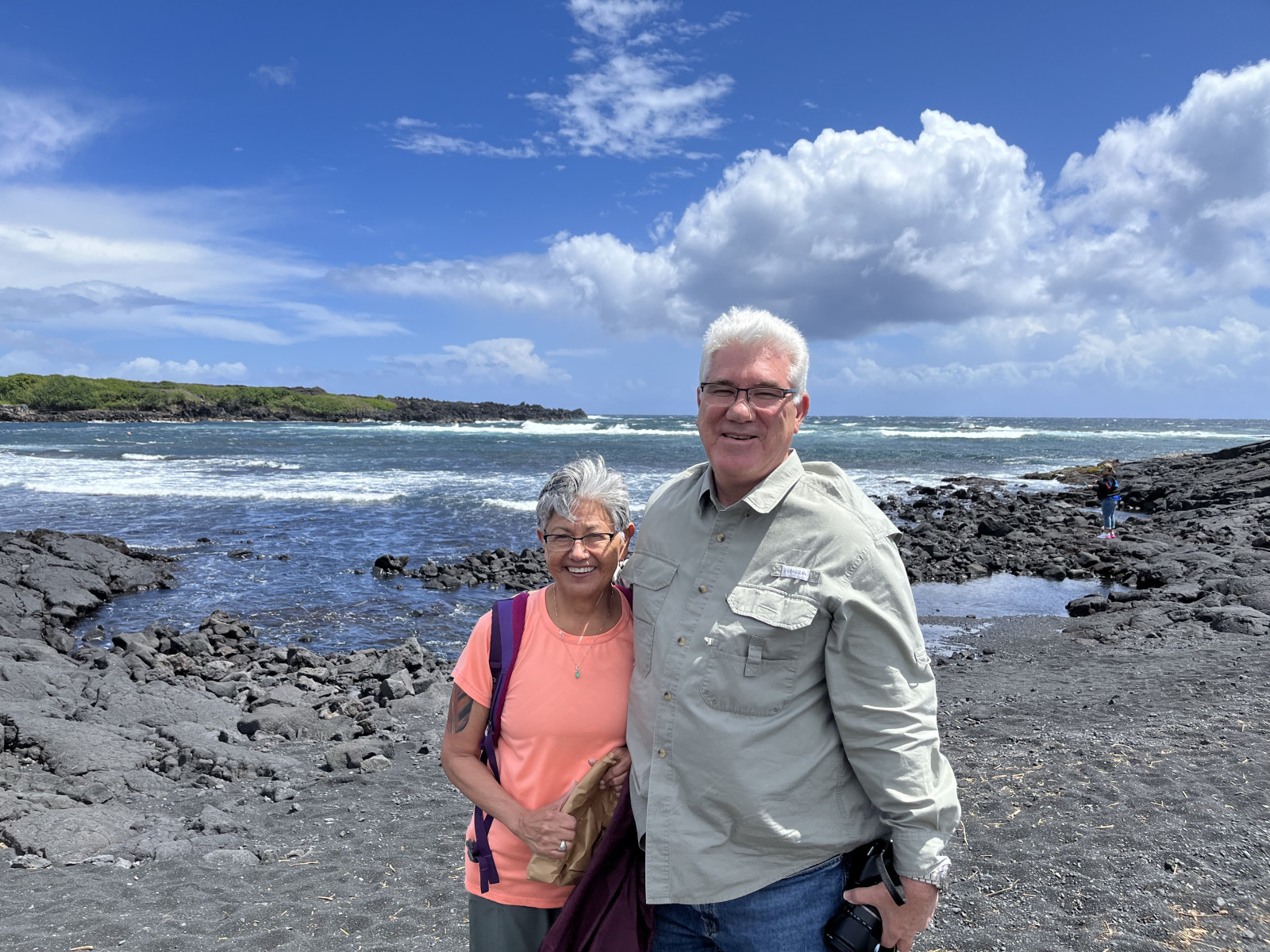
This blog is a sharp deviation from the “show and scares” articles I have done in the past. Someone came to me the other day and asked who I was and what did I do. That conversation led me to think: “Have I introduced myself to those that read my blog on my website or those that follow me on Instagram or Facebook”?
So, I decided to answer that question by letting YOU get to know me better. Here it goes!
Quick Intro
I am an authentic old-school, laid-back family man, but don’t call me “Gramps” just yet, as I still am young at heart!
I love educating people, like yourself, on how to live a cleaner and healthier life using natural plant-based products…..at the same time earning an income from just sharing how they have had an impact on my life!
If you were to meet me at the grocery or hardware store, I most likely would have the grandkids with me, pushing around one of those hard-to-maneuver carts, and would greet you as if we were long-time buddies….firm handshake and all!
My Family
My family consists of my beautiful bride of 45+ years, a daughter, and a son. My daughter and son have two kids of their own, so my wife and I have four grandchildren ages ranging from 13 to 4. One in preschool and one in middle school.
A little bit of symmetry is in play also. In all cases, our kids and grandkids follow the same pattern….girl first and boy second! So what that really means is that our family is done having kids with the girl & boy mix being satisfied!


Random Facts About Me
- First Concert: The “Doobie Brothers” at the Bakersfield Raceway in California
- Favorite Food: BBQ Ribs
- Favorite Pastime: Going to any baseball game or reading a bedtime story with my youngest grandkids.
- Favorite Musical Group: Blackberry Smoke
- Most Admired Person: My Dad
- Most Famous Person I Have Met:
- Sports: Brooks Robinson or Tim Duncan
- Network Marketing: Eric Worre or Frazer Brooks
- An interesting factoid: My son and I received our Master's Degrees from the same university and walked across the graduation ceremony stage at the same time.
My Passions
My heritage is German and English, with a little Scottish thrown in, so my demeanor is calm and stoic…but I do have several passions that will get me talking for hours on end! Here are some of them:
- My wife of 45+ years is my main passion and will always be my #1 priority!
- Being with my family. Having four grandkids keeps me on my toes and they challenge me all the time. Their ages range from 13 to 4, so my challenges come from a wide range of “life” conversations...from the “Why” conversations, ballet recitals, baseball games, and playing with dinosaurs.
- Traveling in general! My wife and I have visited over 35+ countries throughout the world and have been to over 30 states in the U.S. My wife and I have taken over 16 cruises and look forward to many more in the future!
- Collecting sports memorabilia. Everything from baseballs, footballs, mini and full helmets, and a vast array of trading cards I started when I was a kid! My wife rolls her eyes when I come home with another autographed baseball or football….but I roll my eyes when she comes home with another purse or shoes…..so there!
- I love to teach or educate people on different topics…. whether about sports, traveling tips, or living a better natural life. Challenge me on a topic and I will research the hell out of it! Knowledge is king!
My Worries
These are just a few things that I worry about, for me, my kids, and my grandkids. I’m curious if you have the same concerns I do. They are not in any order of importance, and sometimes one or more of them keep me up at night. Some, you might think, are questions vs. worries, but they are similar to me!
- What kind of legacy will I have built for my kids and grandkids?
- Will I have enough money saved to enjoy retirement?
- What income will I have “after” I retire from my current corporate job?
- How much traveling will we be able to do and where should we go next?
- What can I do to be as healthy as I can for as long as I can?
There are many others, but these are the main ones. Do any of these resonate with you as well?
Why I Started a Young Living Business
I love educating people, like yourself, on how to live a cleaner and healthier life using natural plant-based products…..at the same time earning an income from just sharing how they have had an impact on my life! Back in my day (baby boomer generation) life was kind of planned out for most people...like the following train of thought:
I grew up in an era….and was taught by my parents to:
- Get an education.
- Get a good job.
- Work 40 hours a week for 50 weeks and 40 years.
- Build a nest egg and retire.
So, I did just that but had an uneasy feeling I would have to work far longer than 40 years
You see I had a yearning to enjoy traveling with my wife and see the world, and visit the grandkids whenever I want but I was tied to my corporate job….AND they required PERMISSION to take time off.
I vividly remember when I wanted to go on a trip over 15 days and was denied. That made me angry, unappreciated, and trapped in “Jail” without a key! THERE HAS GOT TO BE A BETTER WAY!
My daughter-in-law told me about an opportunity she discovered that provided a solution for her and her enthusiasm and excitement were through the roof! I had to look!
Was this the key I had been looking for?
I investigated this opportunity, and it was unbelievable, my mouth dropped, and I WAS HOOKED!
Dancing in my head were visions of:
- Time Independence
- Financial Independence
- Traveling the world….continued
My Answer was: Yes, YES, and Hell YES
I jumped on that Train as fast as I could! Now I have a Key and am excited to take this wonderful journey! I am willing to share my story with others so they can find their Key!
I DON’T HAVE TO ASK FOR PERMISSION Anymore!
That it....Just Me
Know you know a few things about me you may have not known before and realize I‘m just like you!
Drop me a line if this resonates with you!
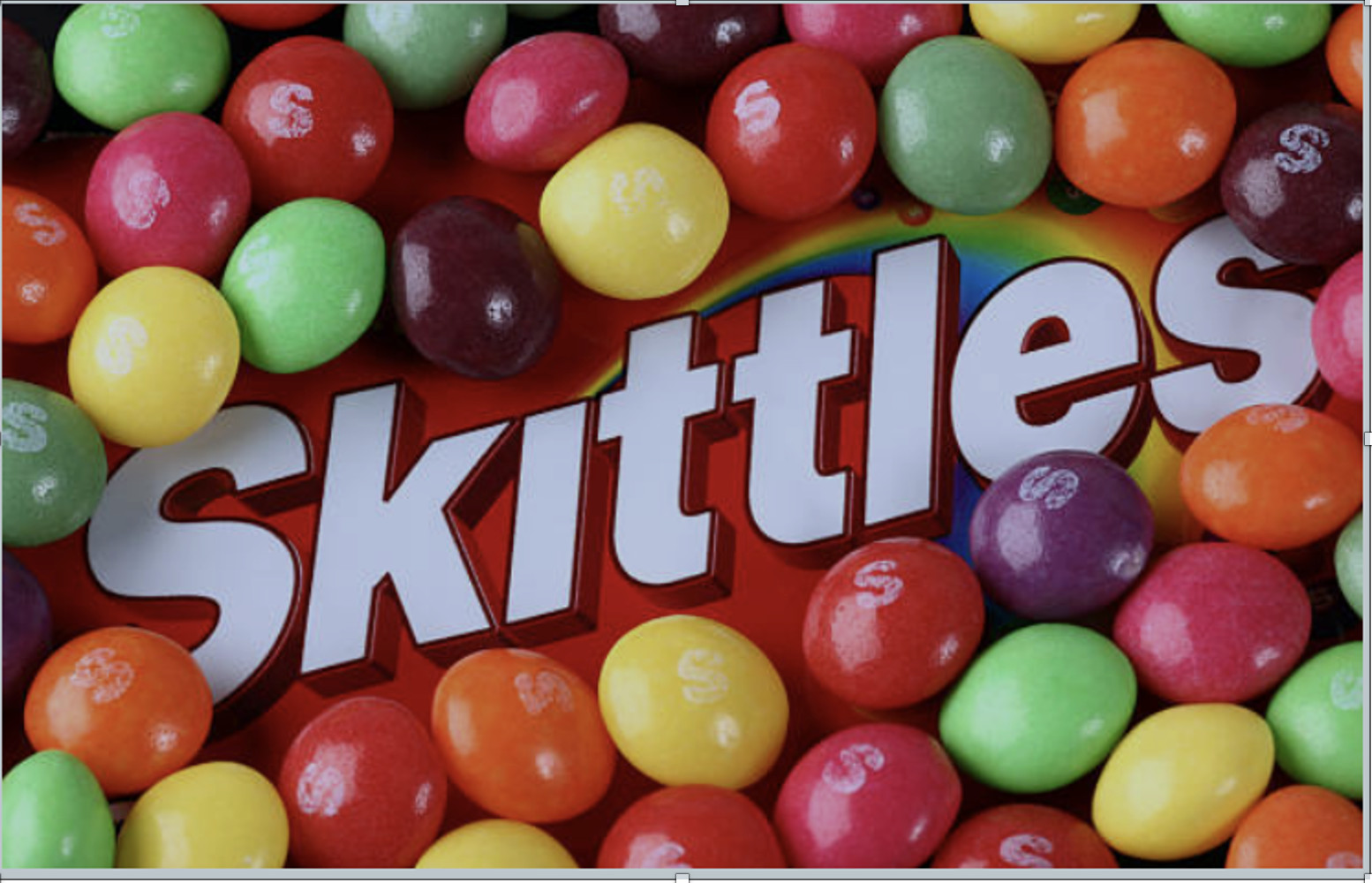
I love to eat Skittles…a lot, but recently heard that Skittles contains a potential carcinogen called “titanium dioxide” so I decided to put my Skittles down and do some research about the ingredients of Skittles.
You see I just enjoyed the taste and ASSUMED because they are candy, they’re somewhat safe to eat in moderation. After all the FDA did not ban them, right?
Well after doing this research, I have now decided to kick “Skittles Out of the Rainbow….a sarcastic nod to their advertising campaign.
Here is why…using a Question & Answer format!
1. What is the toxin and potential carcinogen found in Skittles?
Skittles contain several additives, such as hydrogenated vegetable oil, which can increase the risk of heart disease, and titanium dioxide, which can potentially cause damage to intestinal cells and negative effects on the immune system.
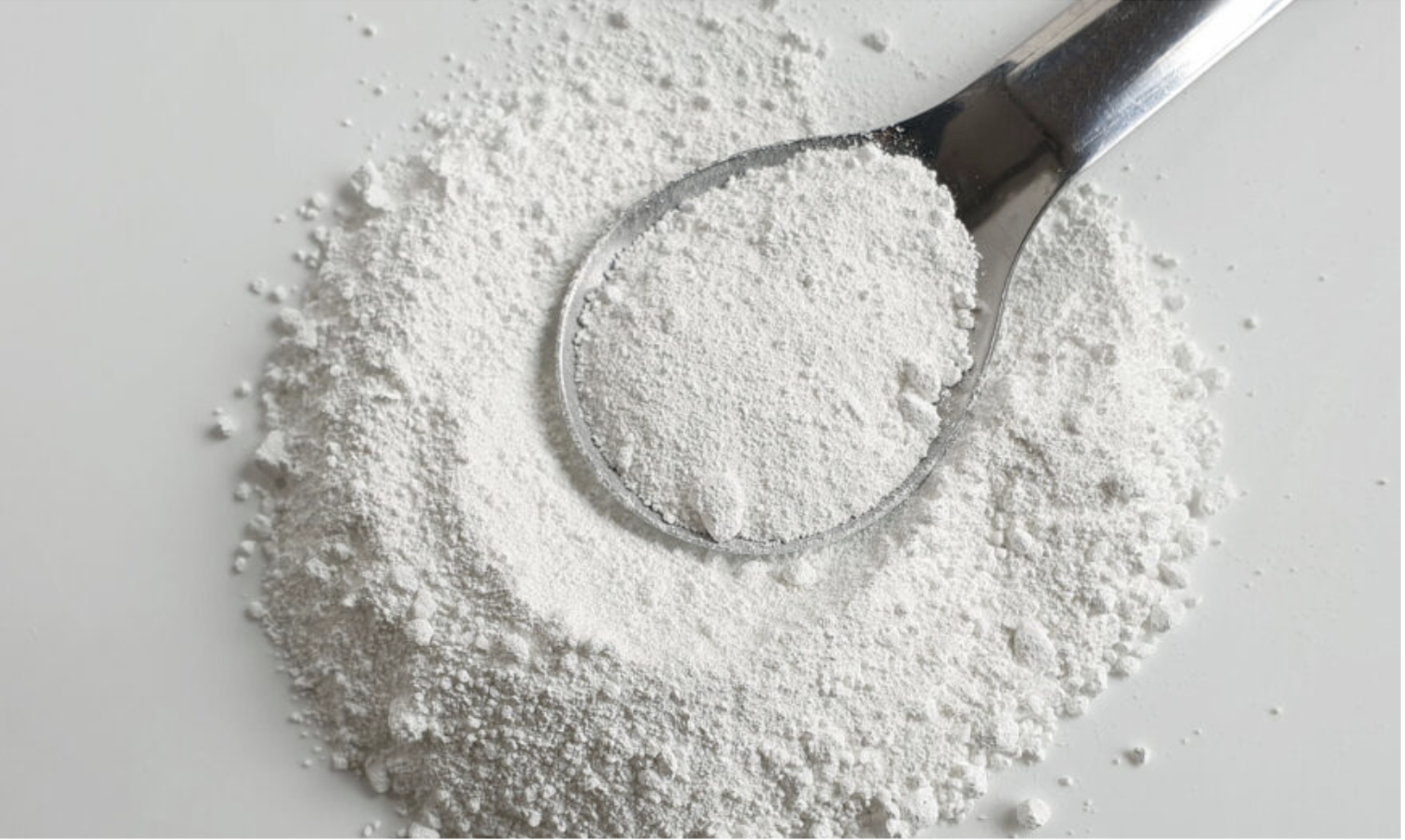
2. What is Titanium Dioxide and what products can you find it in?
Titanium Dioxide (TiO2) is a naturally occurring mineral in rocks and soil. It's widely used in a variety of industries, including paints, cosmetics, and food. In food, it's used as a whitening agent to enhance the appearance of certain products, such as candies, cake icing, and sauces.
Other examples of foods that may contain titanium dioxide:
Candy: Candy coatings are often made shiny and colorful by adding titanium dioxide.
Gum: Many types of chewing gum contain titanium dioxide.
Baked goods: Titanium dioxide is frequently added to baked goods like bread and pastries to enhance their texture and appearance.
Dairy products: Titanium dioxide is sometimes used as a whitening agent in some types of yogurts, cheese, and low-fat milk.
Condiments: Titanium dioxide is sometimes used to add creaminess to sauces, such as mayonnaise and salad dressing.
3. What are the dangers of Titanium Dioxide?
Some of the potential dangers associated with consuming titanium dioxide are:
- Oxidative Stress: Studies have shown that titanium dioxide can cause oxidative stress in the body. This means there are too many unstable molecules called free radicals in the body and not enough antioxidants to get rid of them This can lead to cell damage, inflammation, and chronic diseases such as cancer, diabetes, and neurodegenerative disorders.
- Intestinal Cell Damage: Studies have found that titanium dioxide nanoparticles can damage the cells lining the intestine, disrupting the intestinal barrier and potentially causing inflammation and other health issues.
- Negative Effects on the Immune System: Exposure to titanium dioxide has been linked to changes in the immune system, such as decreased activity of immune cells and increased production of pro-inflammatory cytokines. Cytokine is a type of protein that is made by certain immune and non-immune cells and influences the immune system to help fight cancers, infections, and other diseases.
- Potential Carcinogenicity: Some animal studies have suggested that titanium dioxide may be carcinogenic.
4. How do I know a product contains Titanium Dioxide…like Skittles?
When manufacturers add titanium dioxide to foods and other ingestible products, it’s typically referred to as E171, which relates to food-grade purity. While it’s always a good idea to check the label, just know that the FDA doesn’t require food makers to list titanium dioxide by name on an ingredient list. The agency makes this exception for several approved color additives. Instead, titanium dioxide could be listed as:
- Artificial colors
- Artificial color added
5. What can I do to minimize the impact of Titanium Dioxide?
Outside of total elimination, the main action item would be to “Read Ingredient Labels Carefully”! Titanium dioxide (E171) may be listed as an ingredient in food products, so it's important to read labels carefully. Look for products that don't contain this additive or choose products that contain less of it.
6. What else should lead me to kick Skittles out of the Rainbow?
Skittles is candy, right? So, I would lump all candies as having a negative impact on your health because of:
- High Sugar Content: Skittles are high in sugar, which can cause weight gain, increase the risk of developing type 2 diabetes, heart disease, and other health problems.
- Artificial Colorings: Skittles contain artificial colorings, such as Red 40, Yellow 6, and Blue 1, which have been linked to hyperactivity in children and may also cause allergic reactions in some people.
- Dental Health: The high sugar content and acidity of Skittles can increase the risk of tooth decay and other dental problems.
- Obesity: Eating Skittles frequently can lead to overconsumption of calories and contribute to obesity, which increases the risk of several health problems, including heart disease, stroke, and diabetes.
Conclusion
While titanium dioxide is a common additive found in many processed foods, there are concerns about its potential dangers, especially when consumed in large amounts. As a concerned parent, it's important to be aware of these dangers and take steps to reduce your family's exposure.
It is important to note that consuming Skittles in moderation is unlikely to cause significant harm. However, as with any food, overconsumption can lead to negative health effects. It's recommended to limit the intake of Skittles and other high-sugar, high-calorie foods and to maintain a balanced diet to support overall health.
So, even though it will be hard to do, I have decided to “Kick Skittles out of the Rainbow”!
What would you do?
Research Resources:



